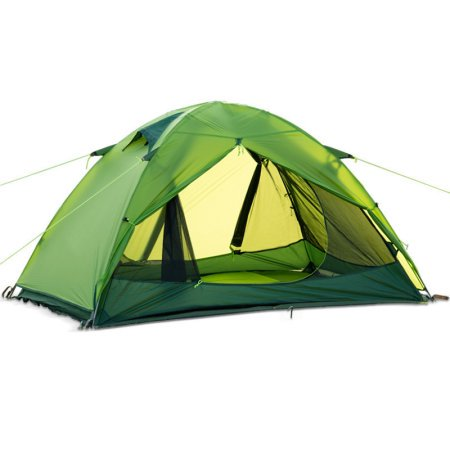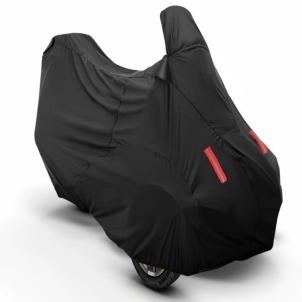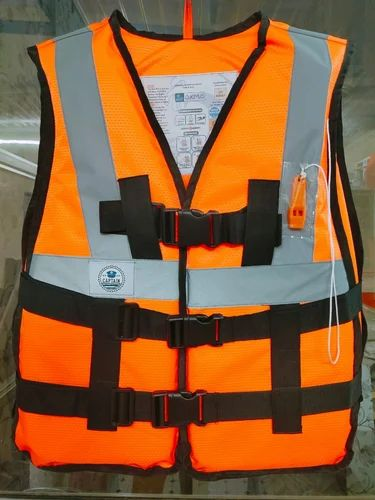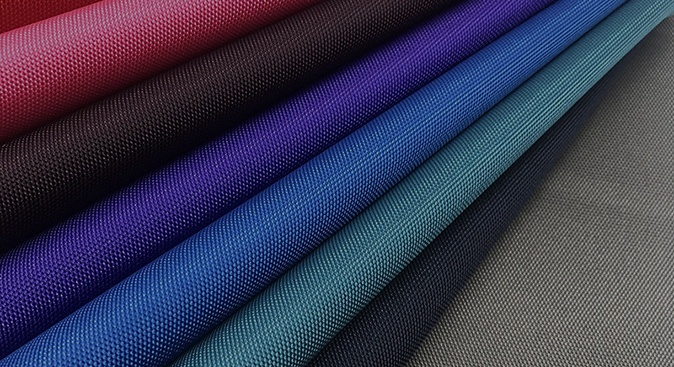Have you ever wondered how your backpack or raincoat is able to withstand heavy rain and moisture? The answer may lie in the type of fabric it’s made of. PU coated fabric, a popular material used in various industries, is known for its durability and water-resistant properties.
But what exactly is PU coated fabric, and how is it made?
In this blog, we’ll take a closer look at this versatile material, its various types, uses, benefits, and tips on how to care for it to ensure longevity. Join us as we dive into the world of PU coated fabric and discover its many applications.
What is PU Coated Fabric?
Definition of PU Coated Fabric and Process
PU coated fabric is a type of textile that has a layer of polyurethane (PU) coating applied to it. The coating process involves applying a liquid form of polyurethane to one or both sides of the fabric using a variety of techniques, such as roll coating, spray coating, or laminating. The coated fabric is then cured or dried, usually through a combination of heat and pressure, to create a durable, water-resistant layer. The amount and type of PU coating can vary, depending on the desired properties of the finished product. PU coated fabric is commonly used in the production of bags, backpacks, raincoats, and other outdoor gear due to its excellent durability and water-resistant properties.
Benefits of Using PU Coated Fabric

Durability: PU coated fabric is highly resistant to abrasions, tearing, and punctures, making it a durable choice for a variety of products.

Water resistance: The polyurethane coating makes the fabric water-resistant, preventing moisture from seeping through and keeping the contents of bags or backpacks dry.
UV resistance: PU coated fabric is also resistant to UV rays, which can cause other types of fabrics to fade or deteriorate over time when exposed to sunlight.

Easy to clean: PU coated fabric is easy to clean with just soap and water, making it a low-maintenance choice for outdoor gear.

Lightweight: Despite its durability, PU coated fabric is relatively lightweight, making it a popular choice for backpacks and other products where weight is a concern.
Versatile: PU coated fabric can be used for a wide range of products, from bags and backpacks to raincoats and tents.

Cost-effective: Compared to other types of fabric coatings, PU coating is relatively inexpensive, making it an affordable choice for manufacturers.
Comparison of PU Coated Fabric to other Types of Fabric Coatings
PVC coating: Polyvinyl chloride (PVC) coating is another popular type of fabric coating. While it is also water-resistant and durable, it is generally heavier and less flexible than PU coated fabric. PVC coating is also less environmentally friendly than PU coating, as it contains harmful chemicals.
TPU coating: Thermoplastic polyurethane (TPU) coating is a newer type of fabric coating that offers similar benefits to PU coating, including durability and water resistance. However, TPU coating is typically more expensive than PU coating, and it can be less breathable.
DWR coating: Durable water-repellent (DWR) coating is a type of coating that is often used on top of other coatings, including PU coating. DWR coating helps water beads up and roll off the fabric, but it does not make the fabric fully waterproof. It can wear off over time and needs to be reapplied periodically.
Types of PU Coated Fabric
Explanation of Different Types of PU Coatings’ Characteristics and Uses
Solvent-based PU coatings: These coatings are known for their excellent adhesion and durability, making them a popular choice for outdoor applications such as tents, awnings, and boat covers. However, they may contain volatile organic compounds (VOCs) that can be harmful to the environment and human health.
Water-based PU coatings: These coatings are more environmentally friendly than solvent-based options and offer good water resistance and flexibility. They are often used in products such as raincoats, backpacks, and luggage.
Heat-seal PU coatings: These coatings are applied using heat and pressure, creating a strong bond with the fabric. They are commonly used in medical and industrial applications, such as waterproof seals for medical equipment and protective clothing.
Breathable PU coatings: These coatings allow air and moisture to pass through the fabric while still providing water resistance. They are often used in products such as outdoor jackets and sports gear, where breathability is important.
Examples of Products Made With each Type of PU Coated Fabric
Solvent-based PU coatings: Tents, awnings, boat covers, and other outdoor gear that requires high durability and water resistance.

Water-based PU coatings: Raincoats, backpacks, luggage, and other products that require water resistance and flexibility while also being environmentally friendly.

Heat-seal PU coatings: Medical equipment covers, protective clothing, and other industrial applications that require a strong and waterproof seal.

Breathable PU coatings: Outdoor jackets, sports gear, and other products that require water resistance and breathability, such as hiking pants, cycling jackets, and running shorts.

Applications of PU Coated Fabric
Outdoor gear: PU coated fabric is commonly used in outdoor gear such as tents, backpacks, and raincoats due to its water resistance and durability.
Automotive: PU coated fabric is used in the production of car seats, dashboard covers, and other automotive components due to its resistance to wear and tear, as well as its ability to be easily cleaned.
Medical: PU coated fabric is used in the production of medical equipment covers, hospital gowns, and other medical garments due to its ability to create a strong waterproof seal.
Industrial: PU coated fabric is used in the production of protective clothing, aprons, and other industrial garments due to its resistance to chemicals and other hazards.
Fashion: PU coated fabric is used in the production of a wide range of fashion items such as jackets, bags, and shoes due to its unique look and water resistance.
Care and Maintenance of PU Coated Fabric
Tips for Extending the Life of PU Coated Fabric Products
Avoid exposing the product to extreme temperatures or direct sunlight for extended periods of time, as this can cause the fabric to break down and lose its water resistance.
Clean the product regularly with mild soap and water, and avoid using harsh chemicals or abrasives that can damage the fabric or coating.
Store the product in a cool, dry place when not in use, and avoid folding or creasing the fabric for extended periods of time.
Avoid overloading the product or subjecting it to excessive stress, as this can cause the seams to break or the fabric to tear.
Check the product for any signs of wear or damage regularly, and repair any issues promptly to prevent further damage.

Common Mistakes to Avoid when Handling PU Coated Fabric
Using harsh chemicals or abrasive materials when cleaning.
Exposing the fabric to high temperatures or direct sunlight for extended periods of time.
Folding or creasing the fabric excessively, which can damage the coating.
Storing the fabric in damp or humid environments, which can cause mold and mildew to grow.
Using sharp objects or tools that can puncture or tear the fabric.
Conclusion
PU coated fabric is a type of fabric that has a layer of polyurethane coating applied to it, which enhances its durability and water resistance.
There are different types of PU coatings, including solvent-based, water-based, heat-seal, and breathable, each with its own unique characteristics and uses.
PU coated fabrics are used in a wide range of industries, including outdoor gear, fashion and apparel, medical equipment, automotive, marine, and industrial applications.
To extend the life of products made with PU coated fabrics, it is important to avoid common mistakes such as using harsh chemicals, exposing the fabric to high temperatures, and folding or creasing excessively.

If you are looking for a durable and water-resistant fabric for your next project or product, consider using PU coated fabric. With its versatile and customizable properties, PU coated fabric can be tailored to meet the unique needs of your project. From outdoor gear to medical equipment, automotive to marine applications, PU coated fabric can provide a reliable and long-lasting solution. By utilizing the tips mentioned earlier to extend the life of your products, you can ensure that they will continue to perform at their best. Don’t hesitate to explore the possibilities of PU coated fabric for your next project or product.



